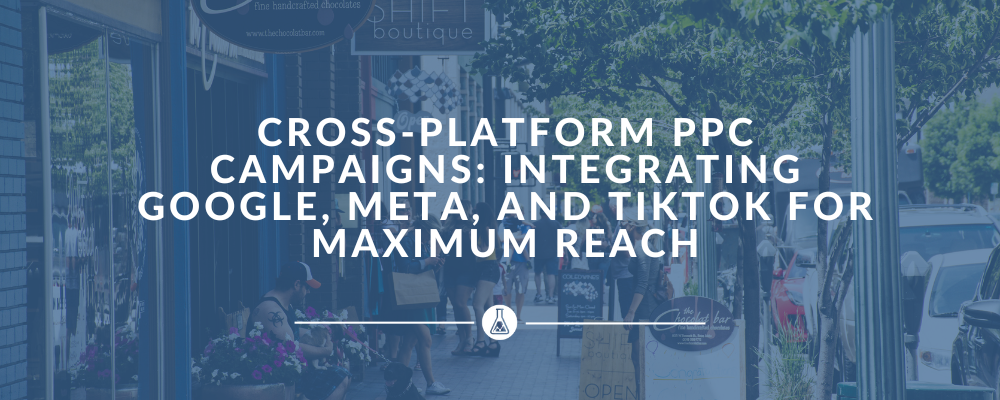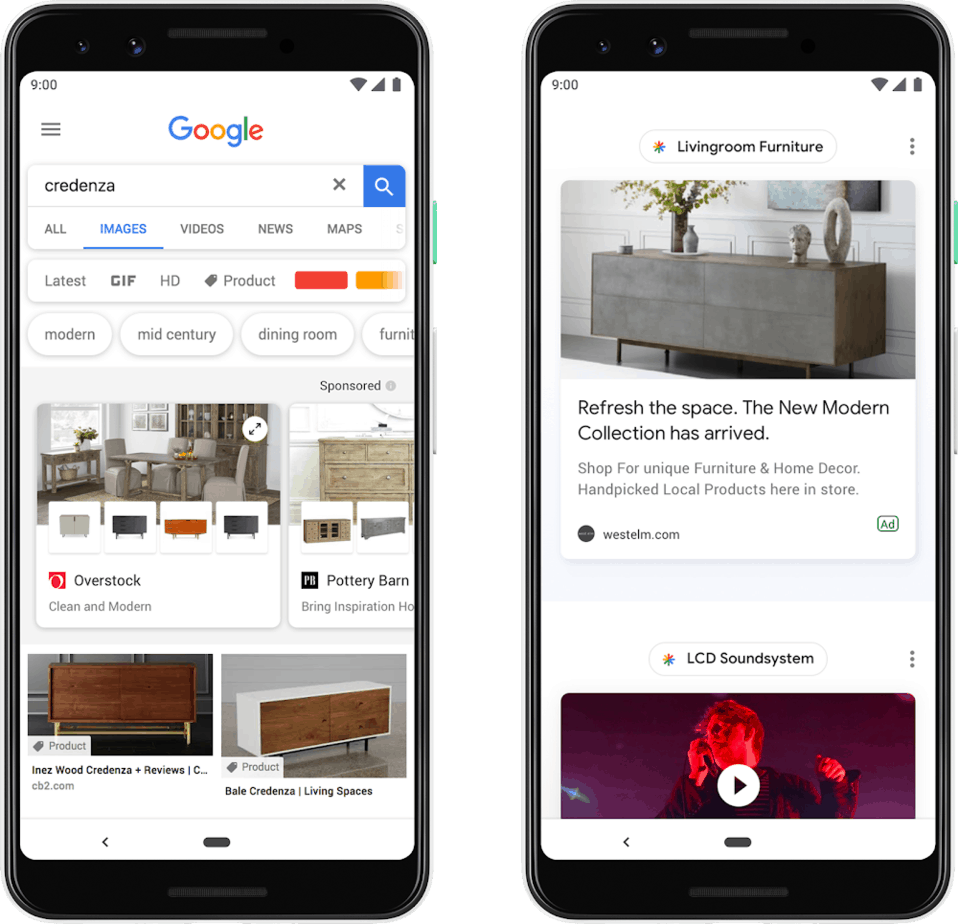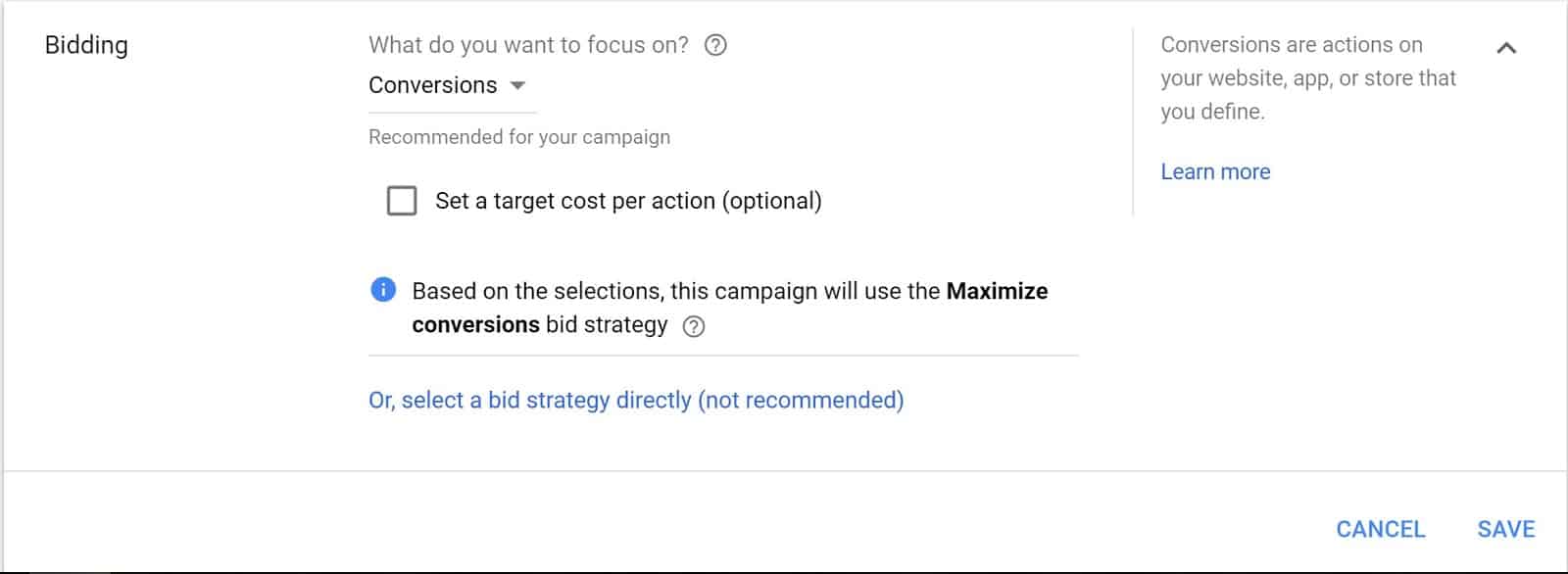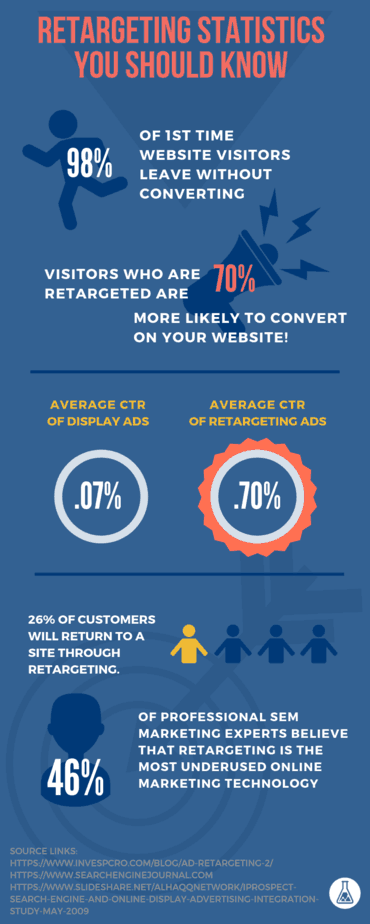In today’s fast-paced digital landscape, running a successful PPC campaign requires more than just mastering a single platform.
Google, Meta, and TikTok each offer unique opportunities to reach your audience—but leveraging them together can take your advertising strategy to a whole new level.
Cross-platform PPC campaigns allow marketers to maximize reach, diversify engagement, and optimize ad spend by tapping into multiple user behaviors and demographics simultaneously.
In this blog, we’ll explore how to integrate these platforms effectively, the key challenges to anticipate, and actionable strategies to ensure your campaigns deliver measurable results across the board.
Table of Contents
Understanding the Strengths of Each Platform
Before diving into a cross-platform strategy, it’s crucial to understand what makes each platform unique and how it can contribute to your campaign’s overall success.
Google Ads is ideal for intent-driven traffic, as users are actively searching for products or services, which often leads to higher conversion rates.
It offers a variety of campaign types, from search to display and shopping, providing flexibility in targeting and ad formats.
Meta, which includes Facebook and Instagram, excels at interest- and behavior-based targeting, making it highly effective for brand awareness and retargeting campaigns.
Visual content performs best here, so creative design and storytelling are key.
TikTok stands out with short-form, engaging content, particularly among younger audiences. It offers high potential for viral reach and brand discovery but requires culturally relevant and entertaining content.
By understanding the unique strengths of each platform, marketers can plan campaigns that complement each other rather than compete, ensuring maximum reach and engagement across the digital ecosystem.
Crafting a Unified Cross-Platform Strategy
Once you understand the strengths of each platform, the next step is to design a strategy that ties them together seamlessly.
A unified cross-platform approach begins with defining clear campaign goals and understanding where your audience is most active.
By mapping the customer journey across Google, Meta, and TikTok, you can determine which platform is best suited for awareness, consideration, or conversion stages.
Creative messaging should be consistent in tone and brand identity but adapted to fit the style and behavior of each platform’s users.
Tracking and analytics are essential, as they allow you to measure performance holistically, identify overlapping audiences, and adjust budgets dynamically. The key is to create a coordinated ecosystem where each platform reinforces the others, rather than operating in isolation, maximizing both reach and efficiency.
Tactical Integration Across Platforms
After defining your strategy, the focus shifts to the tactical side of integration.
Effective cross-platform campaigns require aligning audiences, creative assets, and bidding strategies.
Retargeting plays a crucial role, allowing you to reach users who interacted with your brand on one platform through complementary ads on another.
For example, someone who clicked your Google search ad can be retargeted with a visually engaging Instagram ad or a short TikTok video, reinforcing your message across touchpoints.
Consistent tracking and unified reporting are essential to avoid data silos and ensure performance is measured accurately.
By synchronizing ad schedules, messaging, and audience segments, marketers can create a seamless experience that guides users through the funnel efficiently while maximizing reach and ROI.
Analytics and Optimization for Cross-Platform PPC
Monitoring performance across multiple platforms is key to ensuring your campaigns deliver the desired results.
Cross-platform analytics allows you to see which ads, audiences, and channels are driving conversions, enabling smarter budget allocation and better decision-making.
It’s important to track unified metrics rather than evaluating each platform in isolation, as this gives a holistic view of user behavior and campaign efficiency.
Optimization should be continuous—testing different creatives, adjusting bids, and refining audience segments based on performance insights.
By leveraging data from Google, Meta, and TikTok together, marketers can identify trends, spot opportunities for growth, and fine-tune campaigns to maximize ROI across the entire digital ecosystem.
We live, breathe & Dream Paid Traffic
Key Takeaways and Actionable Tips
Successfully running a cross-platform PPC campaign requires careful planning, consistent messaging, and continuous optimization.
By understanding the unique strengths of Google, Meta, and TikTok, you can assign each platform a clear role in the customer journey and create a coordinated strategy that maximizes reach and engagement. Retargeting, synchronized creative assets, and unified tracking help reinforce your message and guide users seamlessly through the funnel.
Continuous monitoring and data-driven adjustments ensure that every dollar spent contributes to ROI and growth.
To get started, focus on defining clear goals, mapping the customer journey, and testing integration tactics—small, strategic steps can lead to powerful results when platforms work together in harmony.








